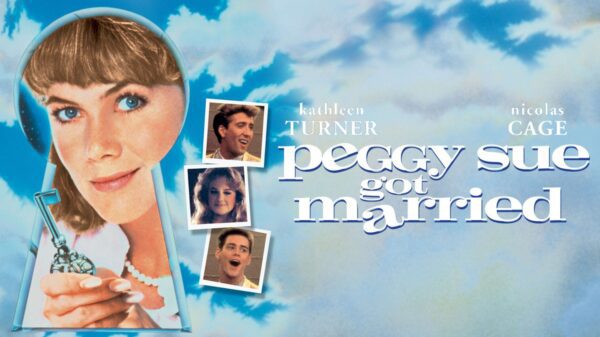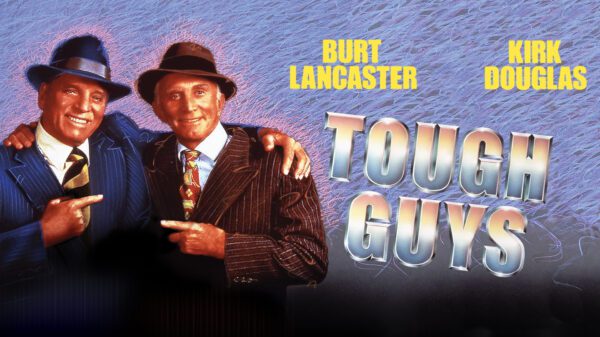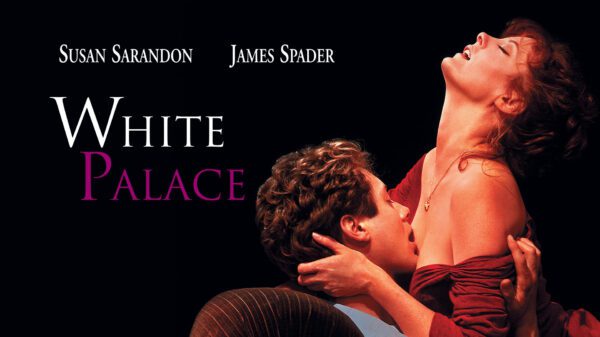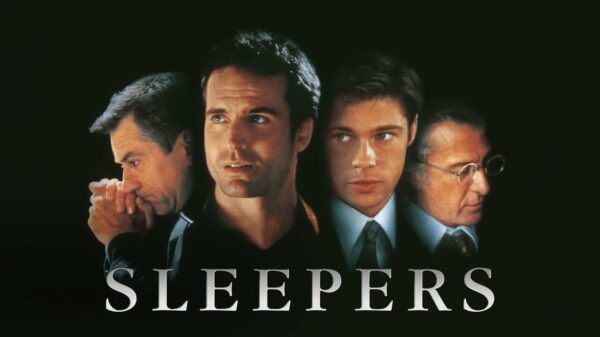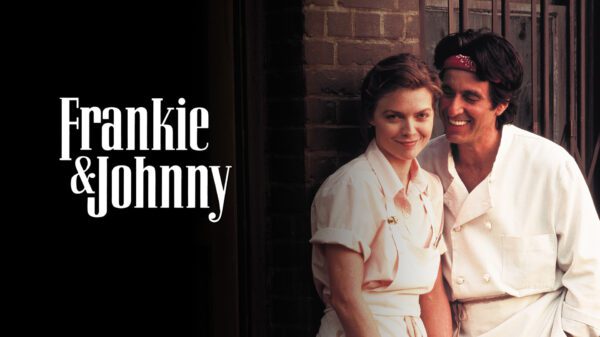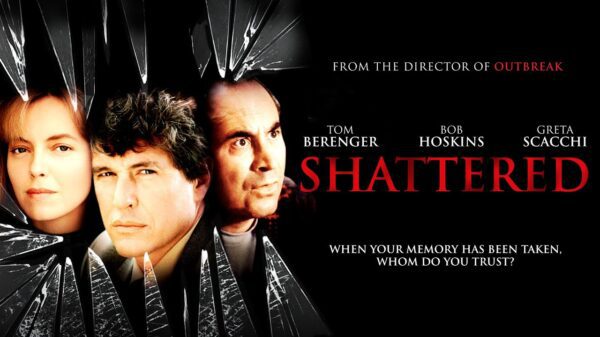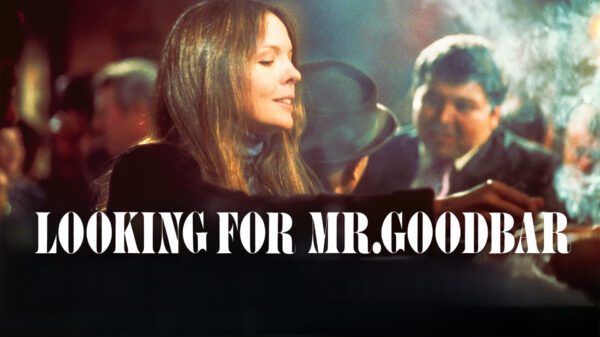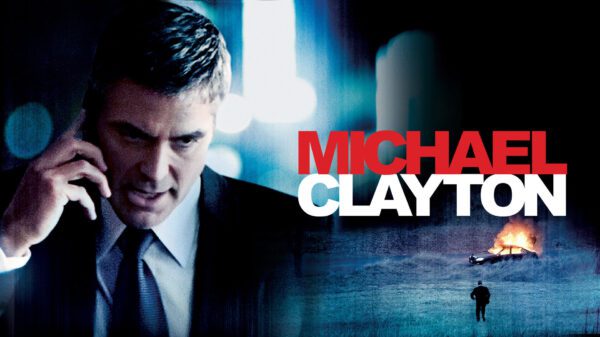Phillip Noyce’s erotic thriller Sliver, released on May 21, 1993, plunges viewers into a world of voyeurism, paranoia, and simmering desire within the confines of a luxurious New York high-rise. While the film often gets remembered for its steamy scenes and the star power of Sharon Stone, it attempts to delve into darker psychological territory, albeit with mixed results.
The plot centers on Carly Norris (Stone), a book editor who moves into a swanky Manhattan apartment building after a recent divorce. She soon discovers that the previous tenant died under mysterious circumstances, and that the building is populated by an eccentric array of residents.
Among them are Zeke Hawkins (William Baldwin), a charming and enigmatic video game designer who owns the entire building and has cameras hidden in every apartment, and Jack Landsford (Tom Berenger), a successful novelist with a suspicious interest in Carly.
The film quickly establishes a tense love triangle, with Carly caught between the seductive allure of Zeke’s dangerous secret and Jack’s more conventional, yet equally unsettling, advances.
Stone, fresh off her success in Basic Instinct, once again commands the screen with her undeniable presence and ability to project both vulnerability and steely resolve. She navigates the increasingly bizarre circumstances with a compelling blend of curiosity and fear.
Baldwin, as the manipulative and obsessive Zeke, delivers a performance that leans into the character’s unsettling charm, though at times it feels a little one-note.
Berenger offers a more grounded, albeit sinister, counterpoint.
The supporting cast, including the always reliable Martin Landau as the building’s quirky manager and Colleen Camp in a memorable, albeit brief, role, add layers to the building’s peculiar ecosystem.
Joe Eszterhas‘ script is undeniably pulpy, filled with the kind of sensationalism and explicit themes he became known for. While it effectively builds a mood of unease and suspicion, the narrative often prioritizes shock value over coherent character development or logical progression. The central premise of ubiquitous surveillance is intriguing, but its exploration feels superficial, ultimately serving as a backdrop for the erotic tension rather than a deep dive into privacy concerns.
Noyce’s direction is stylish, creating a sleek, almost sterile environment that perfectly complements the film’s voyeuristic themes. He manages to maintain a certain level of suspense, even when the plot begins to unravel.

Sharon Stone in Sliver (Photo/Paramount Pictures)
Reception for Sliver
Sliver grossed $12.1 million on its opening weekend, finishing No. 1 at the box office.
The film would gross a disappointing $36.3 million domestically and $87.6 million internationally to a total of $123.9 million worldwide.
Sliver had to be cut to avoid an NC-17 rating.
When originally released on VHS, the film was released in both its theatrical R-rated version and an unrated version which restored the cuts made by the MPAA.
In March 2006, to coincide with the theatrical release of Basic Instinct 2, which starred Stone, Sliver was released on DVD.
Legacy
Sliver is a film that thrives on its atmosphere and the magnetic appeal of its lead actress. It’s a product of its time, a glossy thriller that aims to titillate and thrill. While it may not stand up to intense scrutiny in terms of plot or character depth, it remains a memorable piece of ’90s cinema, offering a voyeuristic peek into a world where privacy is a luxury and desire is a dangerous game.


